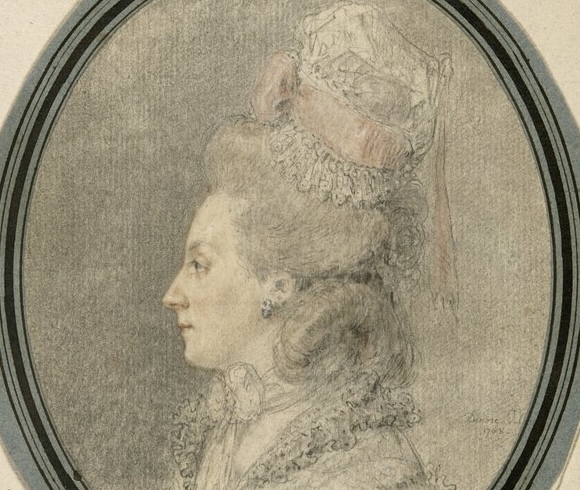Symphonies by Dominik Stalder reconstructed thanks to the ‘Disjecta membra’ project
Wednesday, November 19, 2025

After attending the Collegium Helveticum seminar in Milan, Lucerne-born Dominik Stalder (1725–1765) enjoyed a remarkable international career for a Swiss composer of his time, which took him to Mainz, London and Paris. In the French capital, he published several collections of symphonies that reveal the influence of the Milanese masters. Two collections of his symphonies have now been virtually reconstructed thanks to the “Disjecta membra” project, bringing together the parts preserved in the monastery of Engelberg and those preserved at the Royal Conservatory in Brussels. One of the two collections, the ‘Sei sinfonie’, was believed to be incomplete until the recent identification of the Brussels parts.
The dedications of the two collections, to Maria Fortunata d’Este, the daughter-in-law of his patron Louis François I de Bourbon, Prince of Conti, and to a lady-in-waiting to Marie Adélaide de Bourbon, respectively, reflect his relationships with the highest circles of French society. Stylistically, his symphonies show the fruits of his apprenticeship in Milan, starting with the titles: in the “Six sinfonies italienes” (sic), the adjective, and in the “Sei sinfonie”, the language of the title page are explicit signs of this. The similarity to the Milanese style is such that one symphony (the third of the “Sei sinfonie”) has even been attributed to Giovanni Battista Sammartini. In fact, manuscript copies of five of the “Sei sinfonie” have also circulated: copies of the second, fourth, fifth and sixth can now be found in Sarnen and the third in Sweden and Norway.
Image: Dominique Vivant Denon, Portrait of the princess de Conti (Maria Fortunata d’Este), © GrandPalaisRmn (Musée du Louvre) / Thierry Le Mage
